The Raketa “Avant-Garde” Limited Edition – From Russia with Love
Inspired by the works of Russian avant-garde artists, the dial of this Raketa model sets the bold geometric figures in motion.
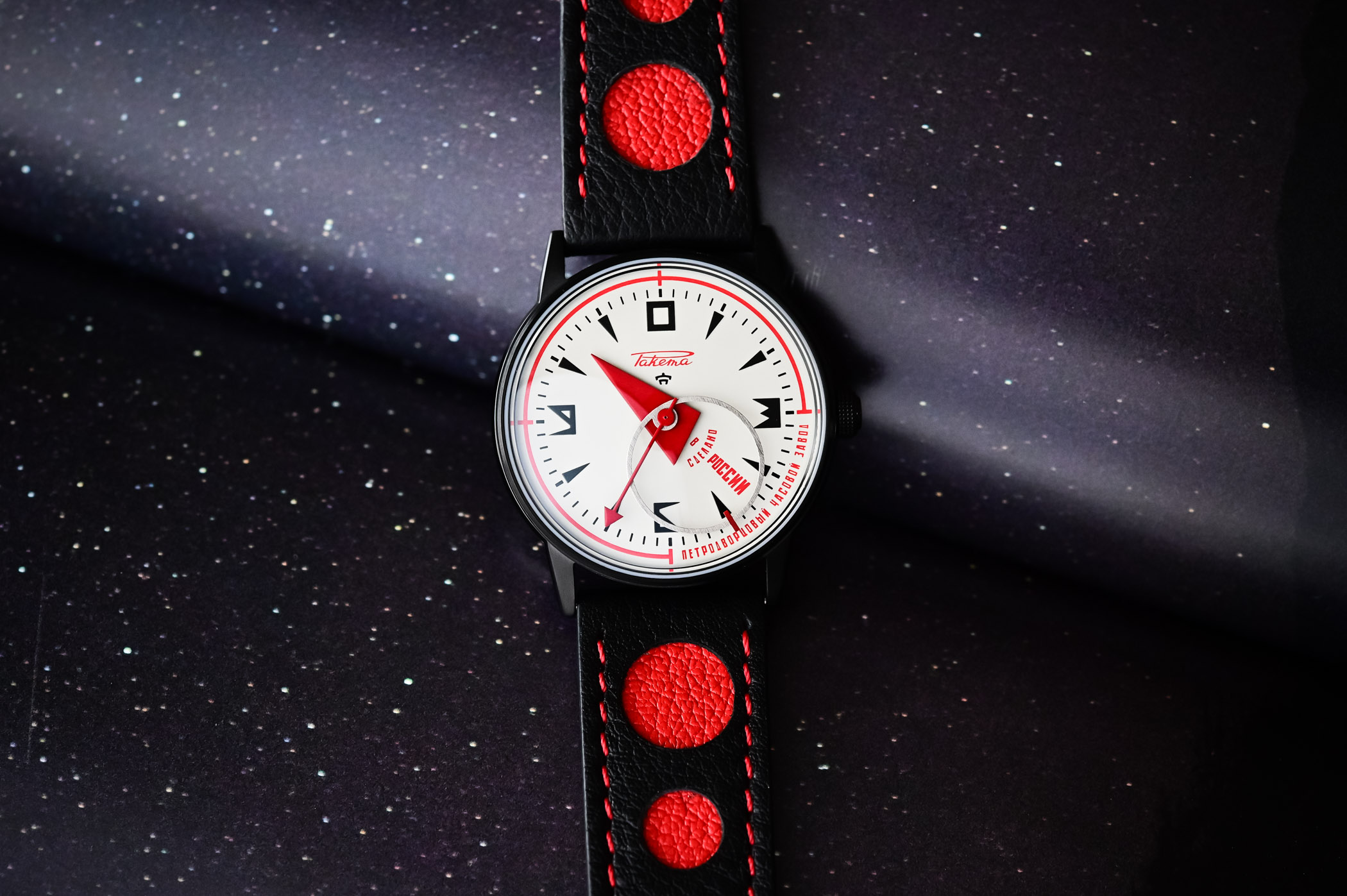
Raketa, the Russian watch brand that can trace its origins to the days of Peter the Great, presents another watch inspired by Russian avant-garde artists. Last year we saw the brand’s interpretation of Kazimir Malevich’s Black Square in a wristwatch format. This year the brand releases another “Avant-Garde” limited edition inspired by a communist propaganda lithograph made by El Lissitzky. Produced in the Raketa Watch Factory of Saint Petersburg, this is the third model in the “Avant-Garde” collection with colourful abstract shapes that move around the dial at different speeds.
From Russia with Love
Raketa is not a conventional brand by any stretch of the imagination. Starting with its colourful history (see box) and its Soviet-era factory where movements, including hairsprings, are produced in-house, Raketa is fiercely proud of its heritage and takes inspiration from all thing Russian. Brice visited the factory last year, and his report really gives you a feel for what Raketa is all about, in-house choir included!
The name ‘Raketa’, which means rocket in Russia, was adopted in 1961 as a tribute to cosmonaut Yuri Gagarin. Collections range from robust tool watches for pilots, cosmonauts, submarine crews and even polar explorers to the Big Zero, a watch popularised by Gorbachev, the Secretary-General of the Communist Party. During an international political summit in Italy, Gorbachev was asked to explain the meaning of Perestroika. According to Raketa’s webpage, he showed his Raketa Big Zero watch and said: “It’s like on my watch: the Russian people want to start everything from zero”. Another source of inspiration for Raketa watches is Russia’s avant-garde artists.
BRIEF HISTORY OF RAKETA
In 1721, Peter the Great established a lapidary workshop in Saint Petersburg (Imperial Peterhof Factory) to cut precious and semi-precious stones to adorn the tsar’s family jewels and palaces, as well as marble for monumental works like St Isaac’s Cathedral. Following the Russian Revolution and the abolition of the monarchy in 1917, the factory adapted to the times and by 1934 was producing large red Kremlin stars to adorn official buildings and was even commissioned to cut stone for Lenin’s mausoleum in 1924.
The factory was destroyed by Nazi troops during the Seige of Leningrad and rebuilt in 1944. To reduce Soviet dependence on western imports, Joseph Stalin gave orders to manufacture watches under the brand names of Pobeda and Zvezda. However, things really took off in 1961 following an exciting chapter in the US/USSR space race starring a Pobeda watch. Cosmonaut Yuri Gagarin wore a Pobeda navigator’s watch (Sturmanskie) on board the Vostok 1, the first manned spaceflight in history. In honour of Gagarin’s mission, and celebrating the fact that a Pobeda watch was the first watch to go into space, the brand adopted the name Raketa (rocket in Russian) in 1961. With commissions from the Red Army and the Soviet Navy, by the 1970s Raketa was producing around five million watches a year, and in 1980 it was the official watch of the Soviet Olympic Games.
When the Soviet hammer and sickle flag was lowered for the last time over the Kremlin in 1991, Raketa went the way of many Soviet-era factories and struggled to adapt to the capitalist system. Following a comprehensive modernisation programme in 2011, the Raketa Watch Factory was revived and produces practically every component of its in-house automatic movements, hairsprings included.
Out with the old, in with the new!
The Russian avant-garde emerged during the last days of the Russian Empire and was an influential movement until the mid-1930s when Socialist Realism became the official art style. Like the rise of the Soviet Union that sought to free itself from the shackles of imperialism, the Russian avant-garde voiced its desire to revolutionise established conventions associated with art. The language was radical. Embracing painting, sculpture, printing, photography, film, graphic design and even architecture, the heyday of the avant-garde was between 1912 and 1934. Abandoning the tradition of representing the objective world, artists sought new modes of expression. Unlike representational art, abstract art moved beyond the confines of objective reality opening itself to countless interpretations.
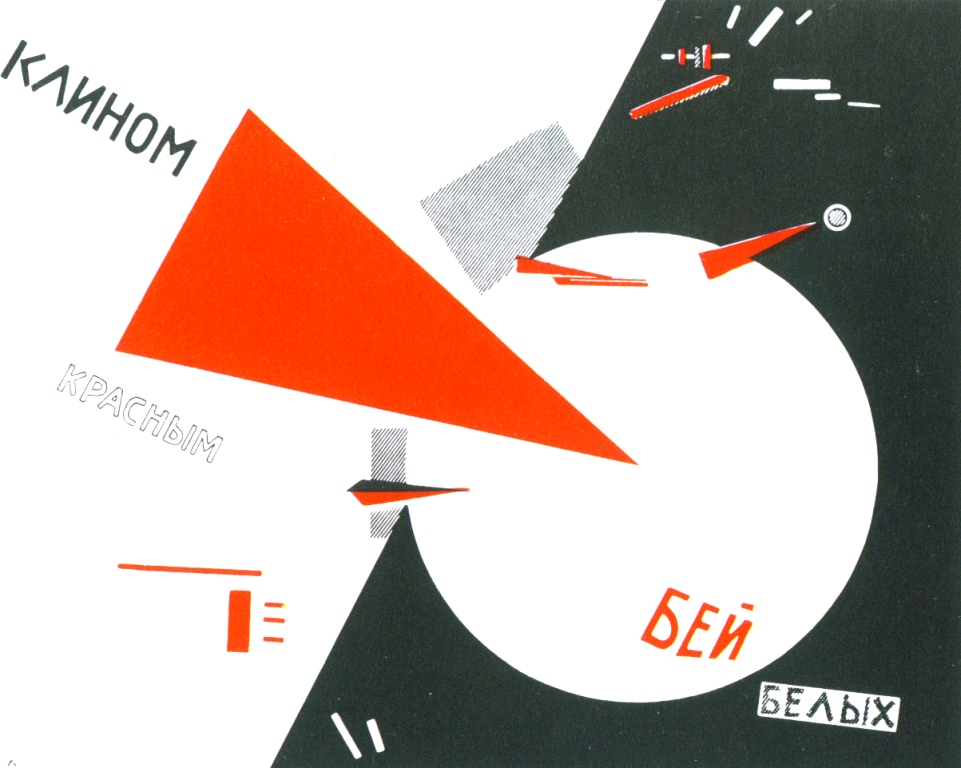
Kazimir Malevich (1879-1935) was a leading painter and art theoretician of the avant-garde. He was also the originator of Suprematism, a form of expression that eschewed representational art and natural forms to capture “the supremacy of pure feeling”. To generate this feeling, Malevich embraced abstract art focusing on basic geometric forms painted in stark colours. When Kazimir Malevich’s painting Black Square was unveiled at the Last Futuristic Exhibition of Paintings 0,10 in Petrograd in 1915, it marked a point of no return between old and new art. Last year, Raketa reproduced Malevich’s revolutionary painting using a micro-mosaic technique on the dial of the Big Zero Malevich.
El Lissitzky (1890-1941) was another leading figure of the Russian and Soviet avant-garde who helped develop Malevich’s theories of Suprematism. Whether manifested in his paintings, photography, architecture, and even typography, art could, for Lissitzky, be an agent for change. One of his most recognised works was his 1919 pro-communist propaganda poster, Beat the Whites with the Red Wedge. Using the abstract visual language of Suprematism, his lithograph depicts a red triangular wedge, symbolising the Bolsheviks, penetrating a white circle, symbolising the anti-communist forces fighting the communist Bolsheviks.
art in motion
The Raketa “Avant-Garde” watch forms part of the brand’s Curiosity collection, a selection of watches with rotating parts on the dial. The Russian Code model, for example, has components that move in a counterclockwise direction. Like the other watches in the collection, the geometric shapes of the “Avant-Garde” float around the dial at different speeds. Every time you look at the watch, a new composition emerges. Like the abstract geometric shapes of Malevich and Lissitzky that generate different interpretations, the watch’s ever-changing face produces different visions of time.
Taking design cues from Lissitzky’s lithograph, the watch’s dial features geometric shapes picked out in red, black and white. The large red triangle represents the hours hand, the hollow silver circle with a thin rectangular red marker indicates the minutes, and a red arrow-tipped hand points to the seconds. A combination of black triangular hour markers is interspersed with numerals at 0, 3, 6 and 9 o’clock that pick up on the typeface used in communist propaganda posters. Just below the zero marker at noon is Raketa picked out in red.
Set against a white background, the other elements on the dial are the external red track framing the black seconds/minutes track that is dissected between 3 and 6 o’clock to incorporate the inscription: The Petrodvorets Watch Factory Raketa. Just in case your Russian is as rusty as mine is, the inscription on the dial between 4 and 5 o’clock reads ‘Made in Russia’.
The 40.5mm case is made from stainless steel with a black PVD-coating. The bezel is thin allowing plenty of canvas for the dial and the large notched crown is also black with a bright red insert. The rally-style leather strap echoes the black and red colour scheme of the dial. The large perforations on the black leather reveal the bright red linen underside of the strap. The reverse side of the strap is red like the stitchings.
Automatic Raketa calibre
The mineral glass caseback reveals the in-house automatic calibre 2615 made at the Raketa Watch Factory in Saint Petersburg. Running at a frequency of 18,000vph, the movement offers 40 hours of power and features a special avant-garde design printed on the rotor and the main bridge.
Availability & Price
The Raketa “Avant-Garde” ref. 0279 is limited to 300 pieces and retails for EUR 1,125 (excl. VAT) with free worldwide delivery. More information and orders at raketa.com.

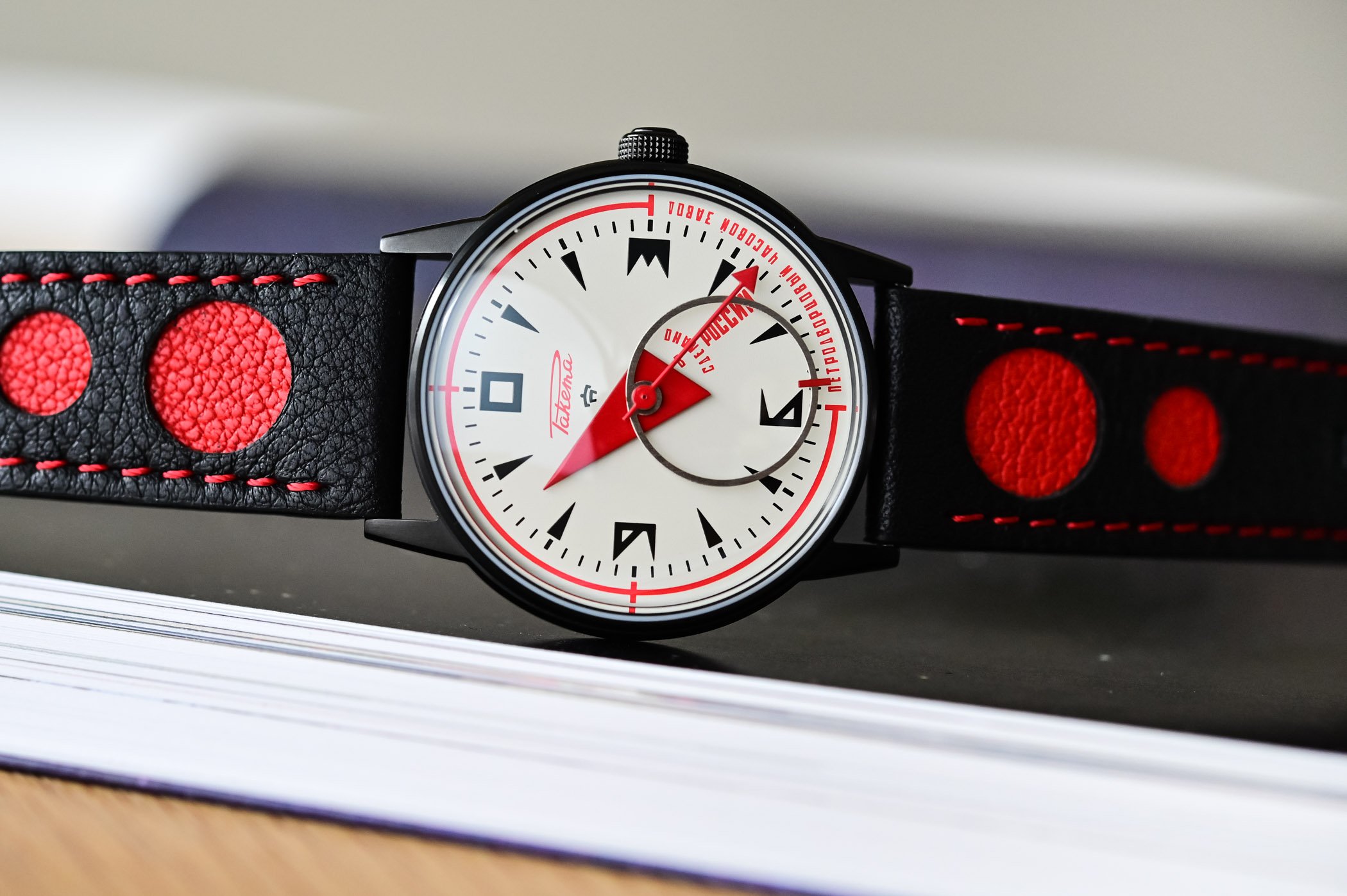
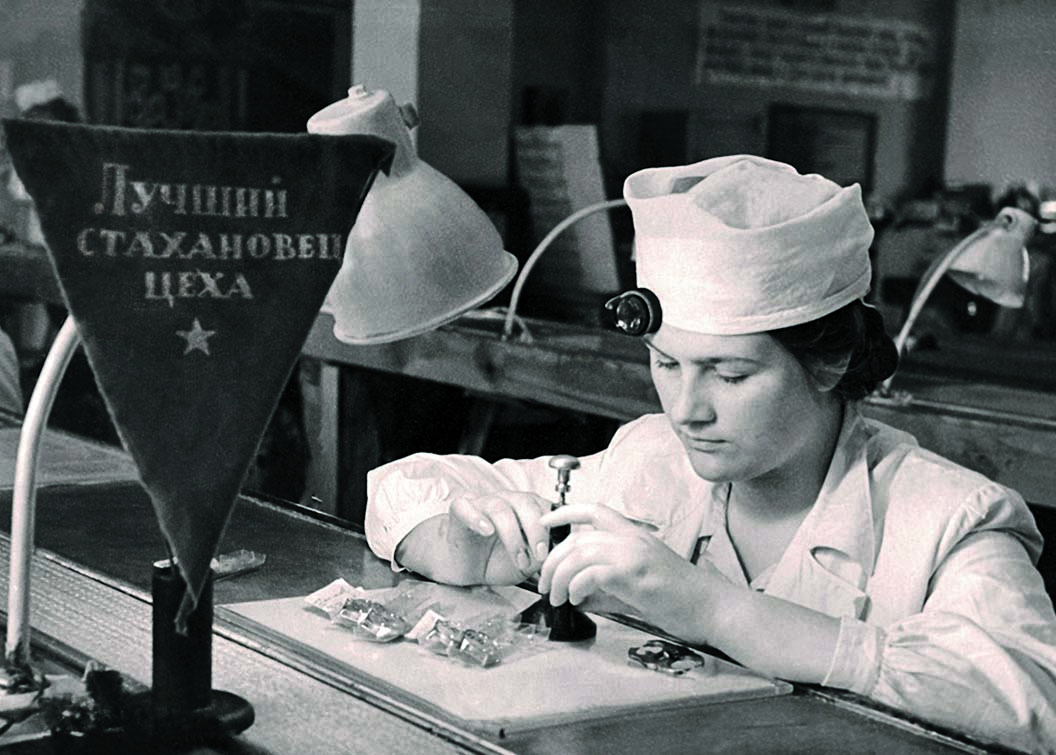

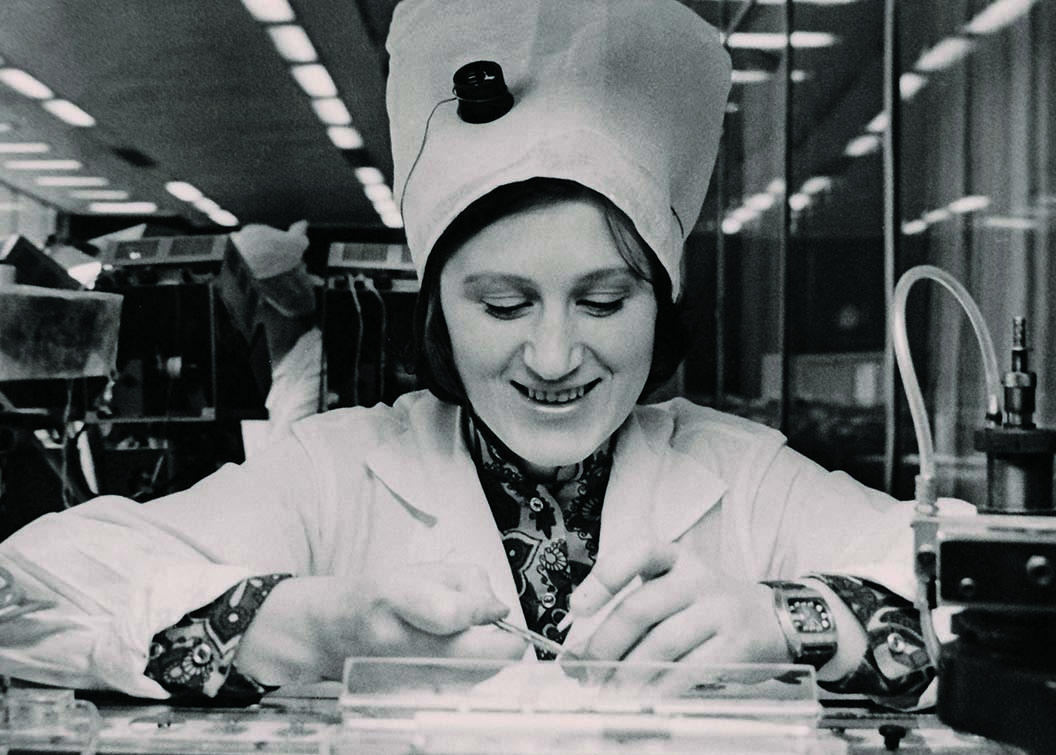


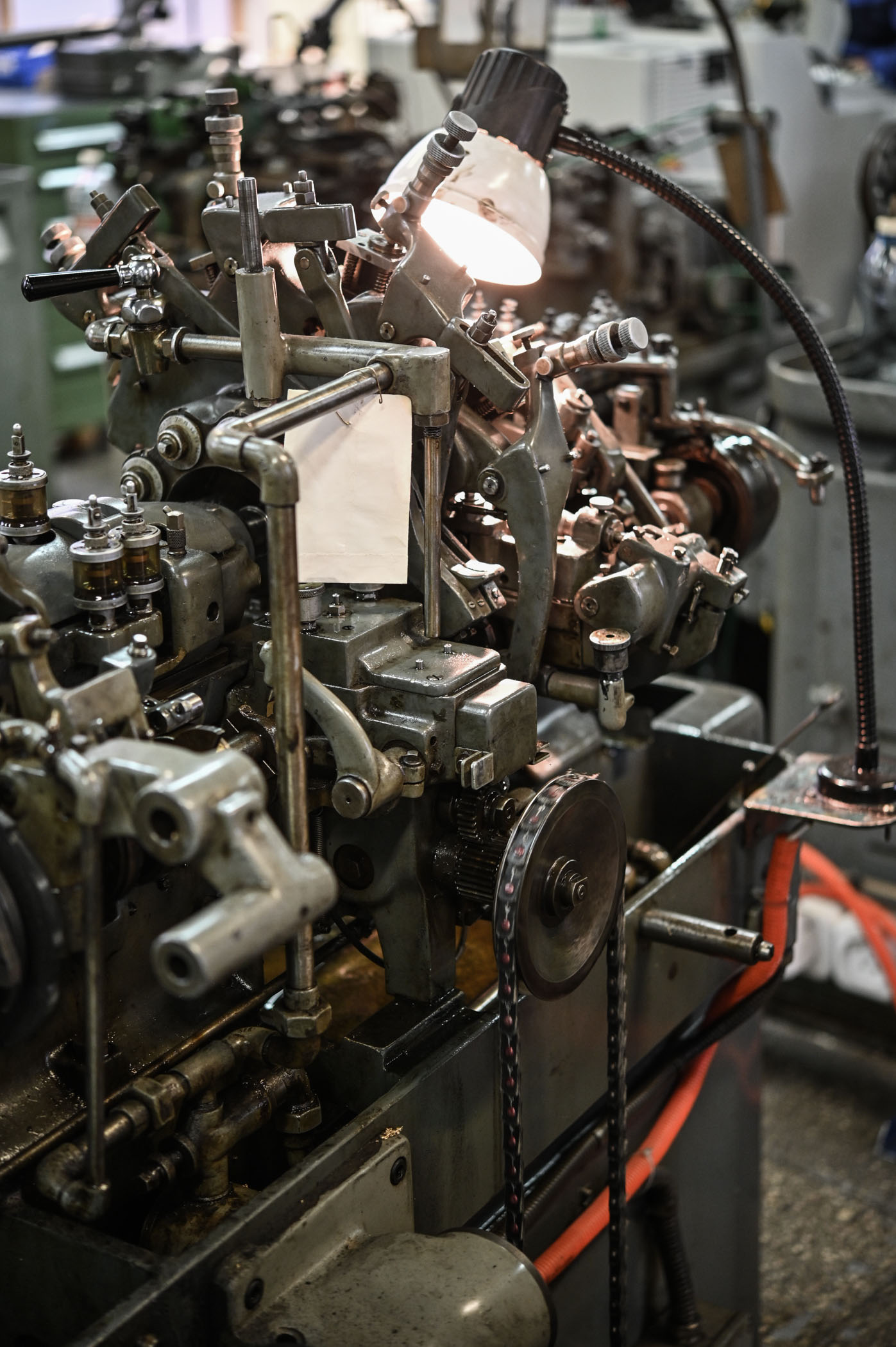
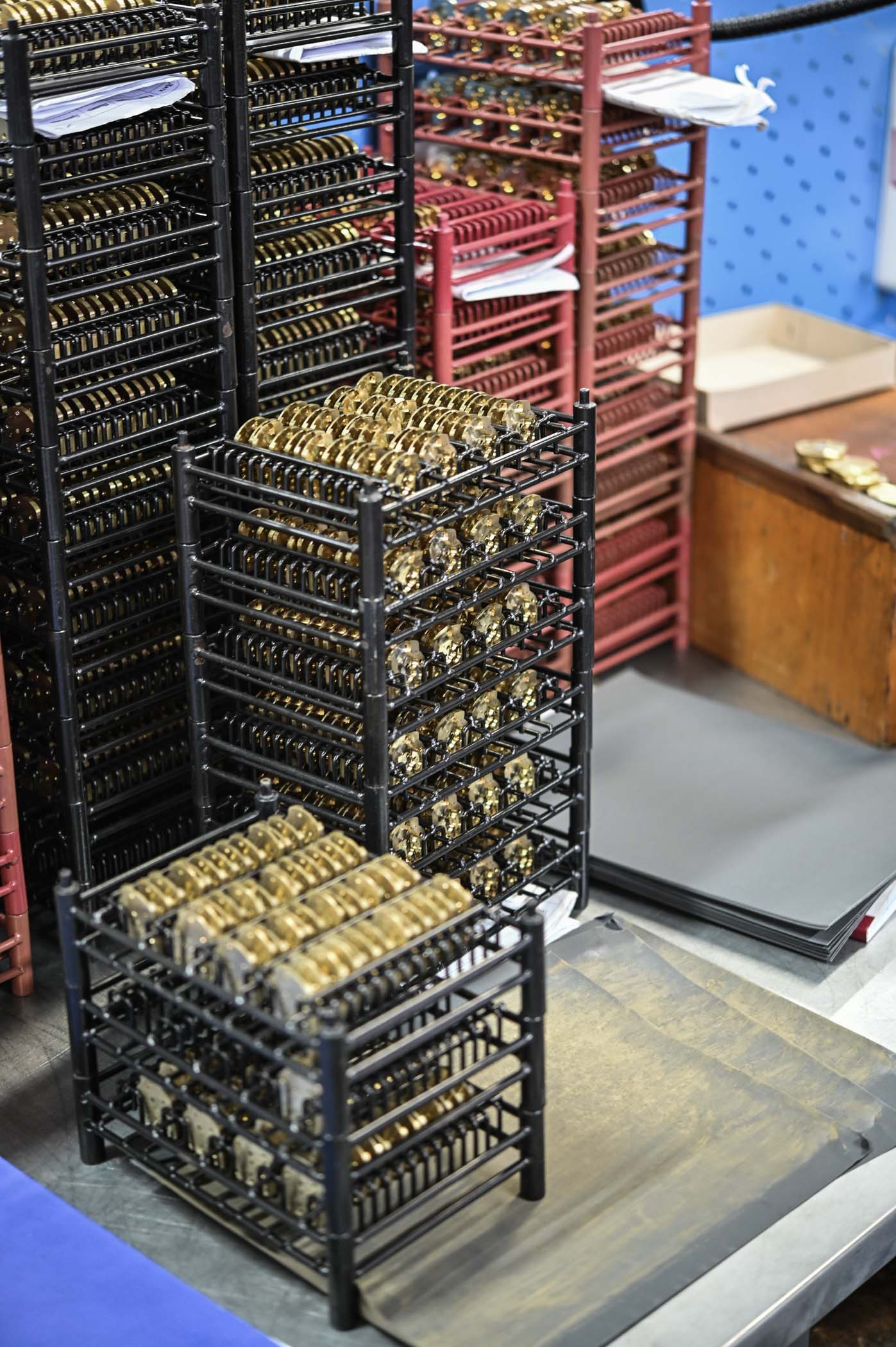

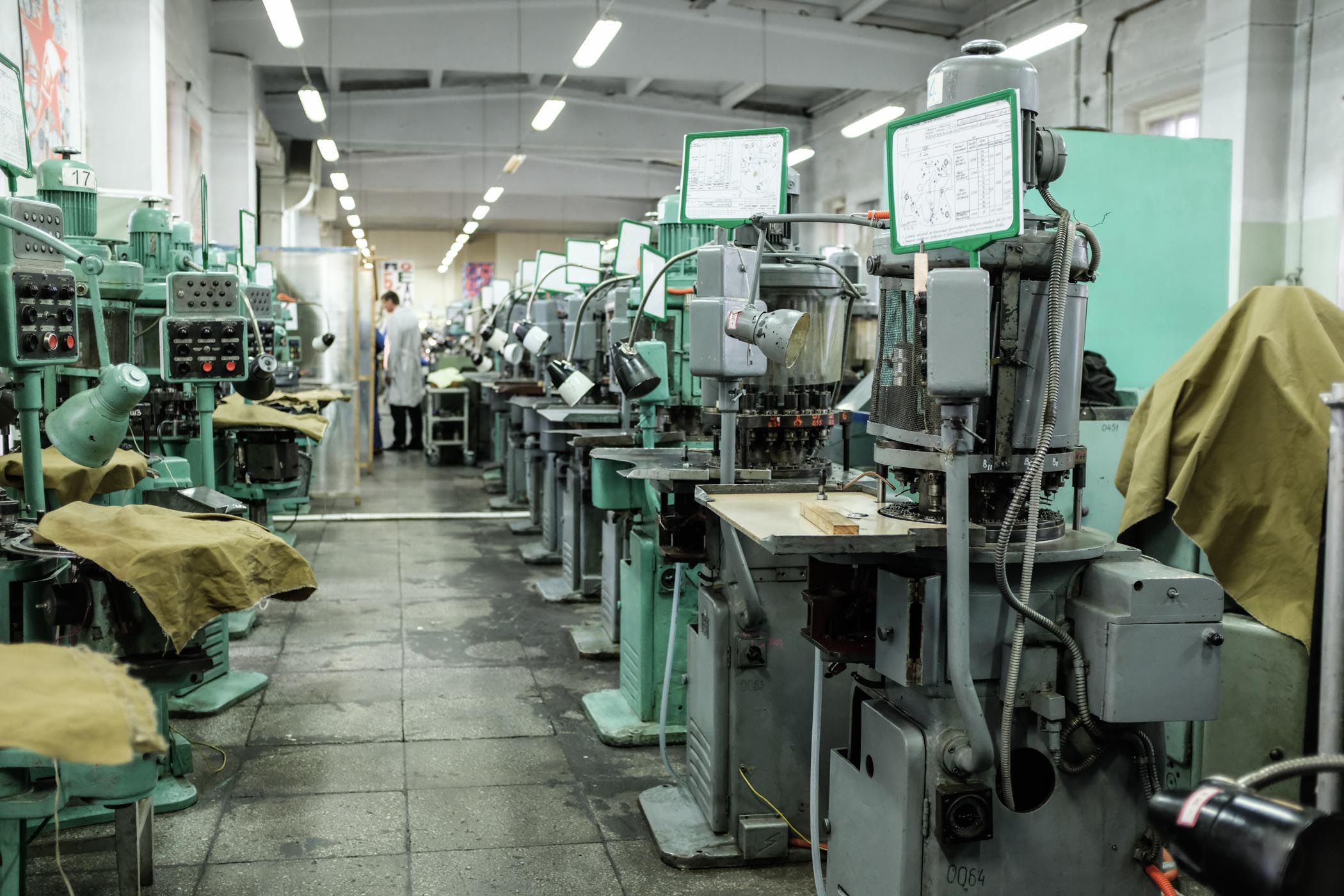
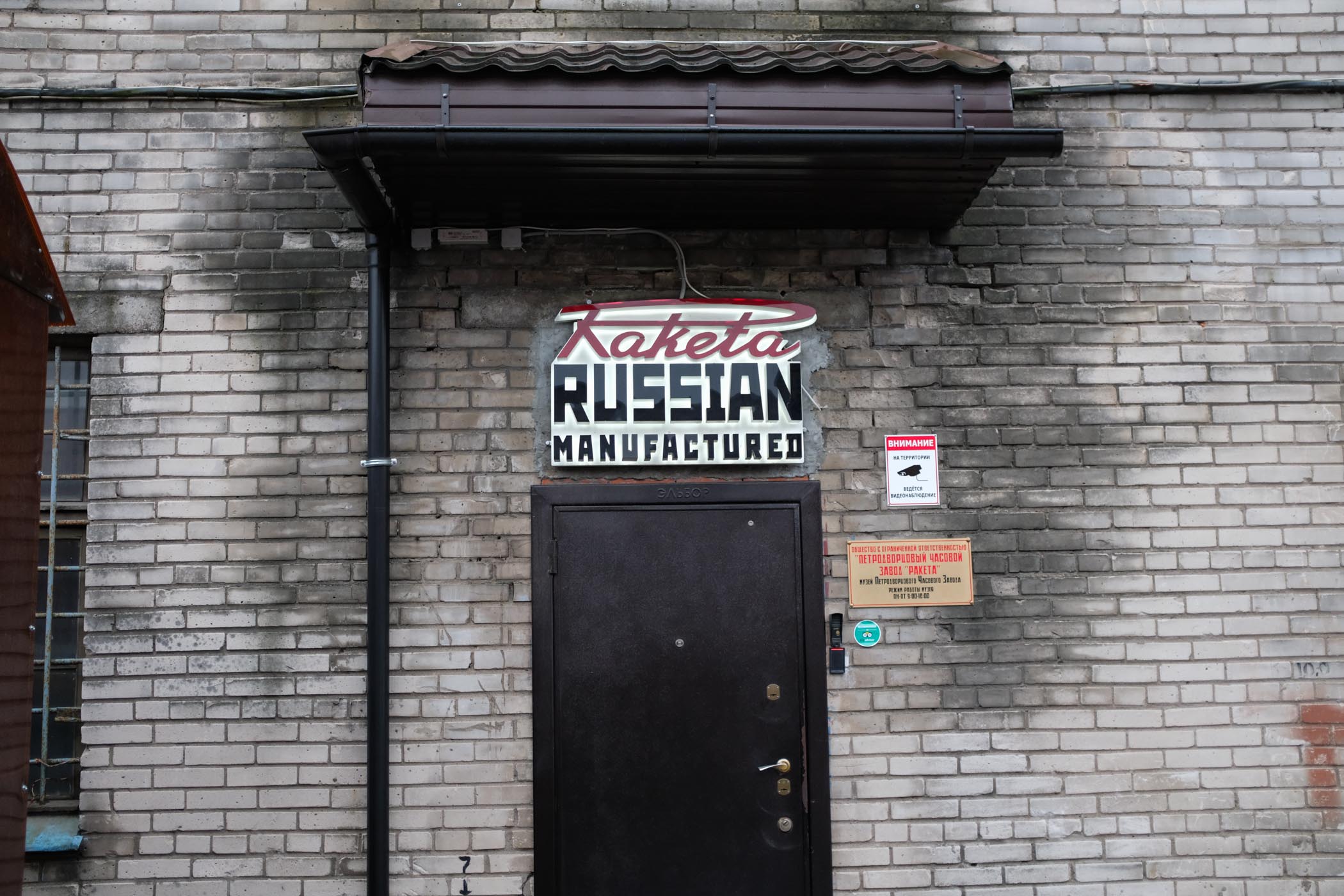

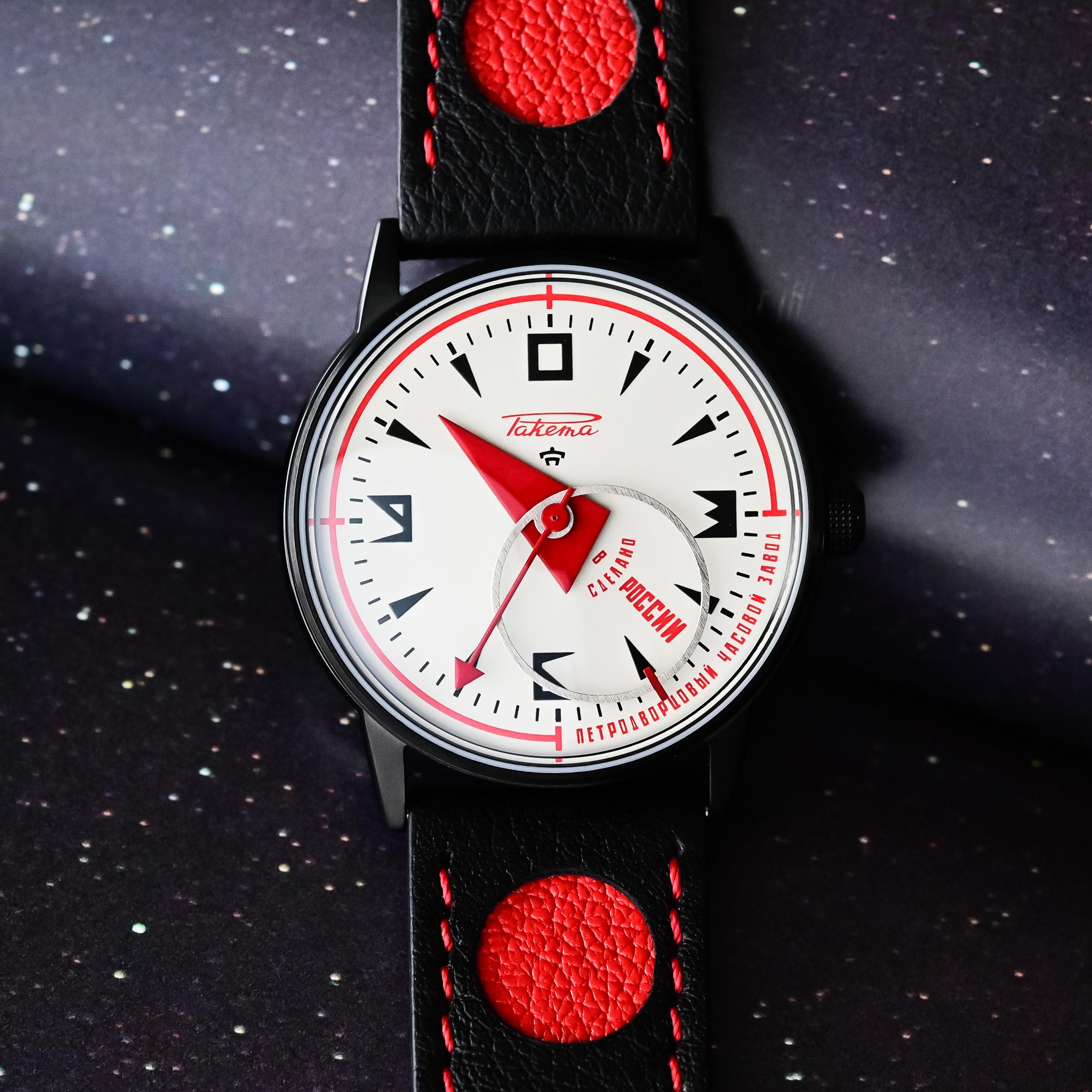
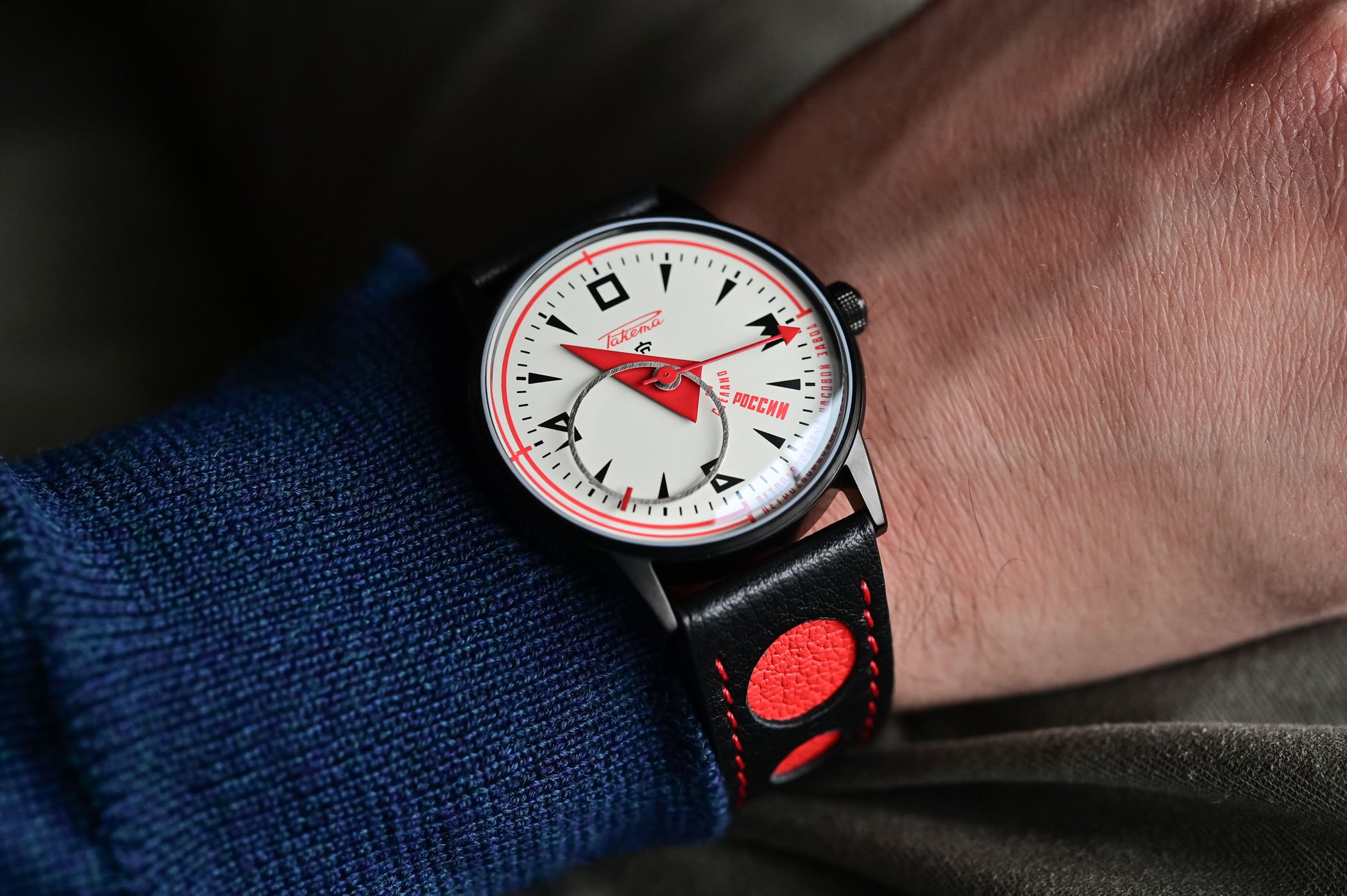
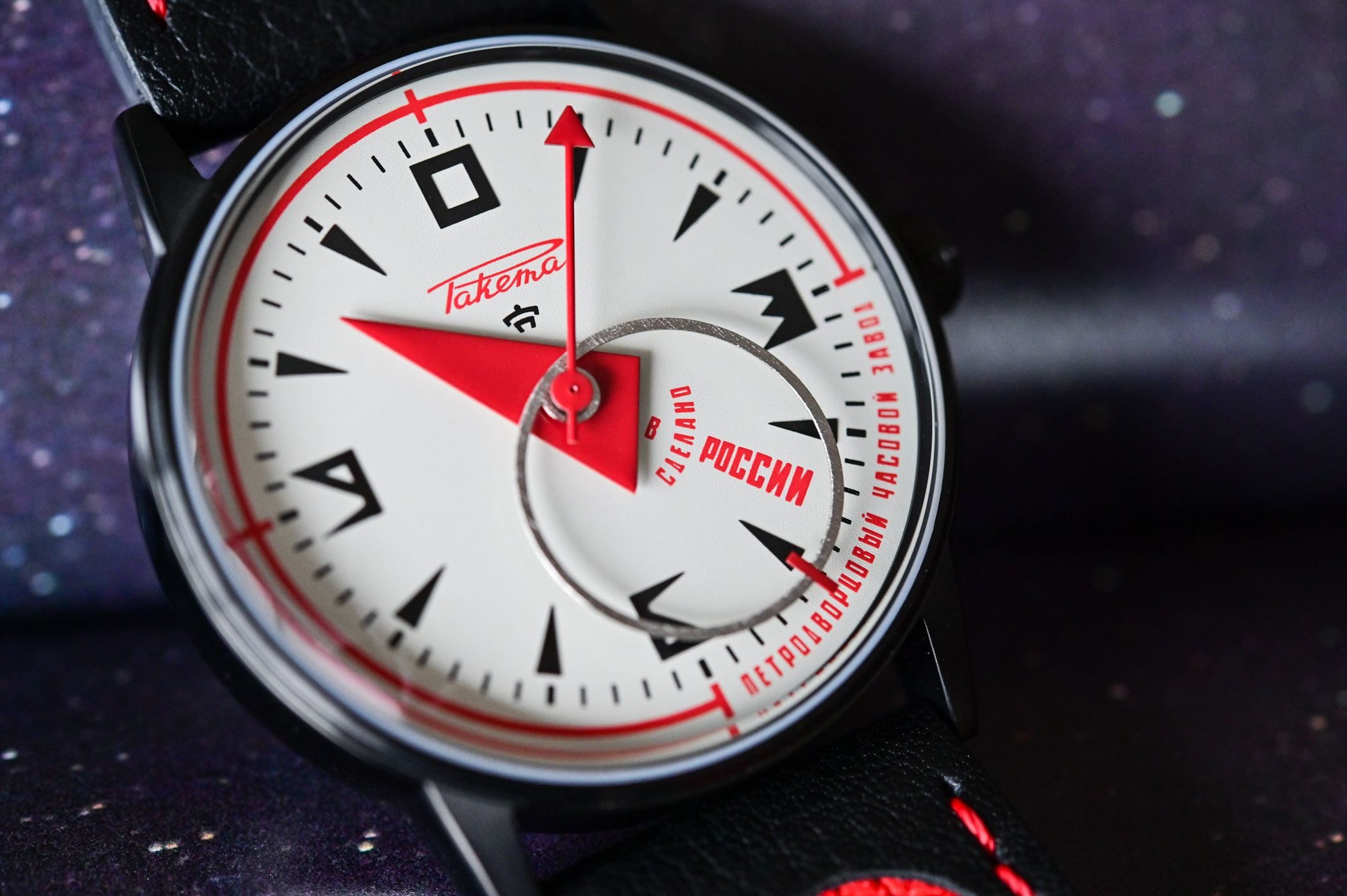

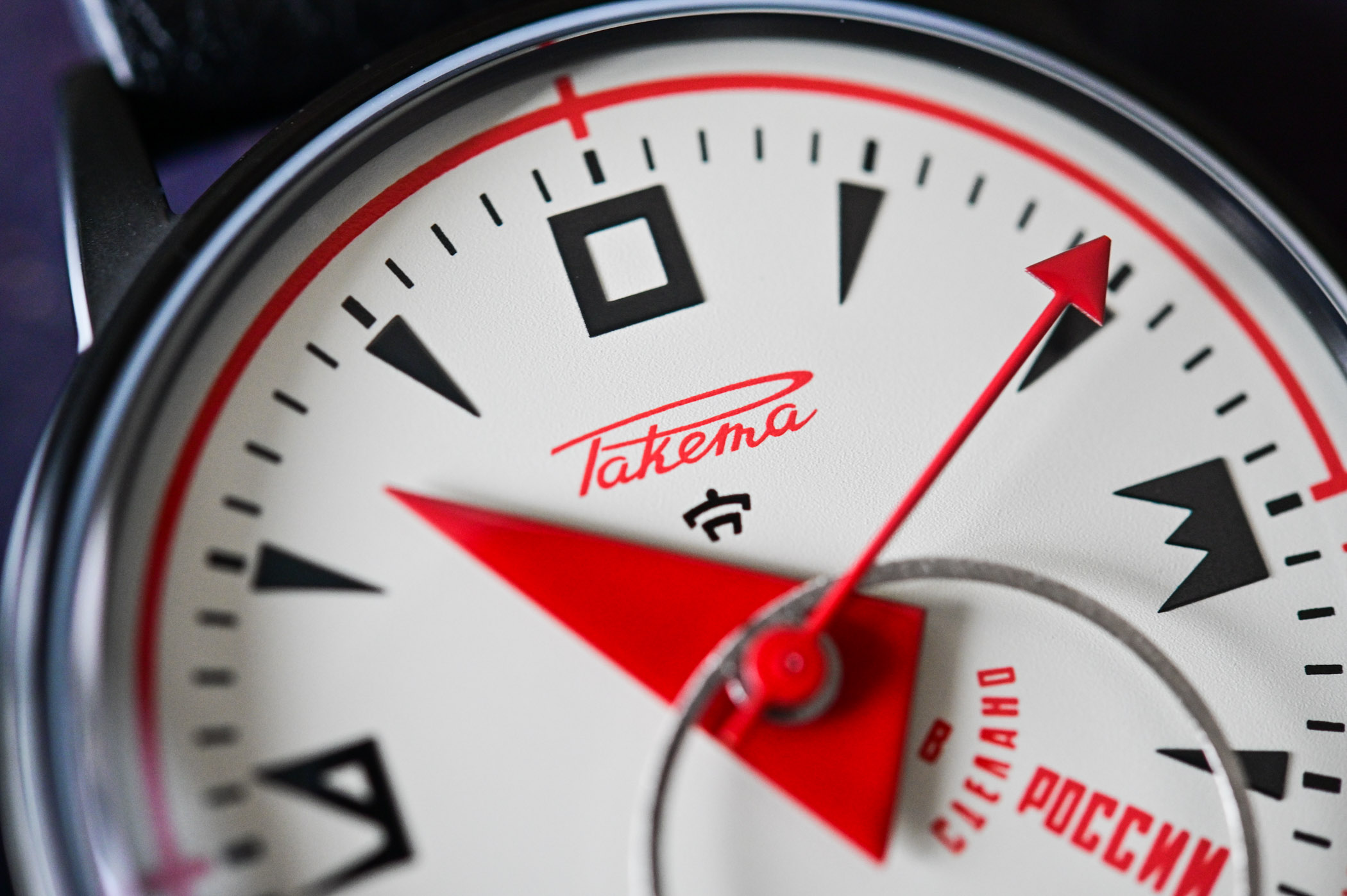
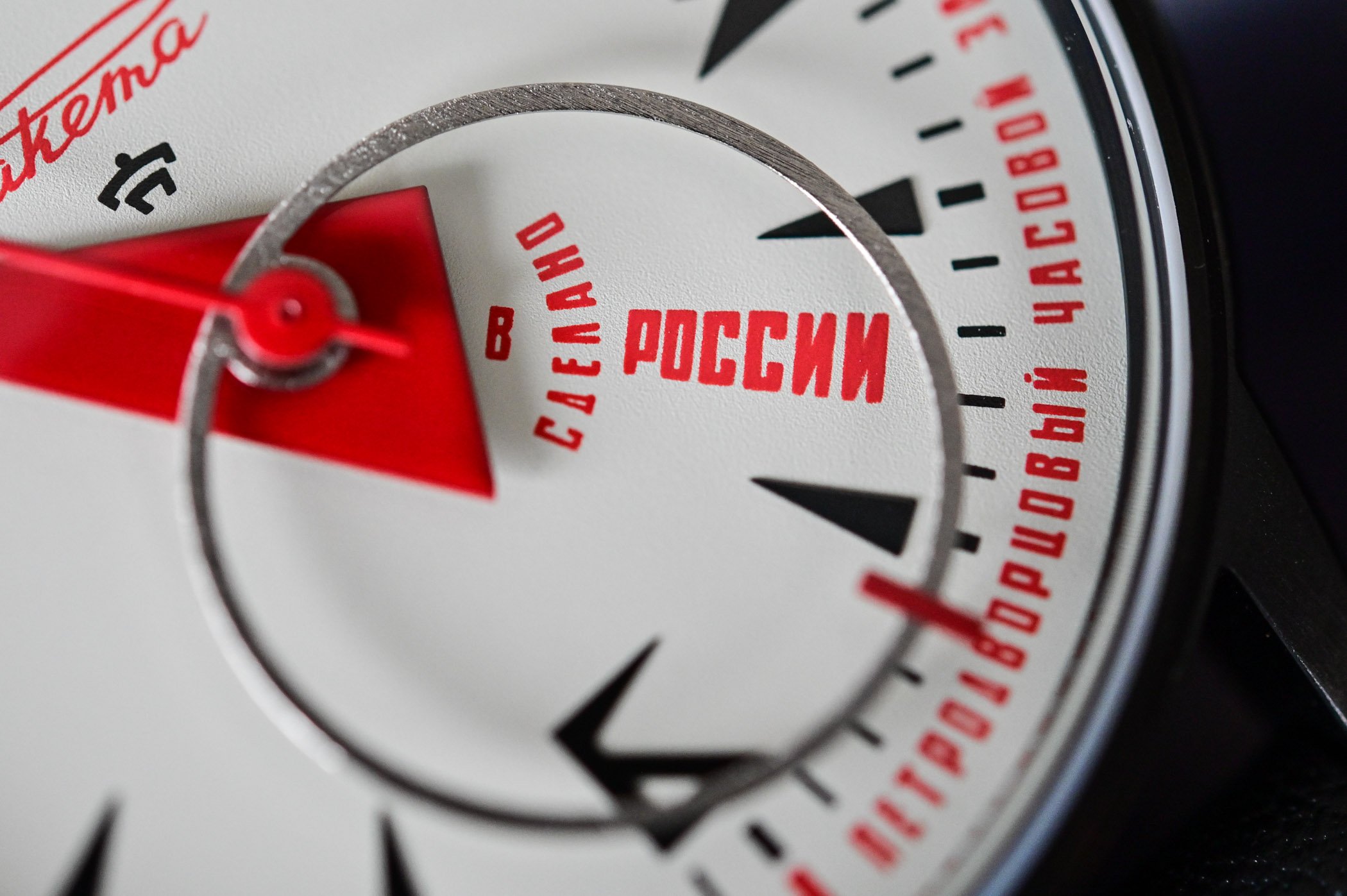

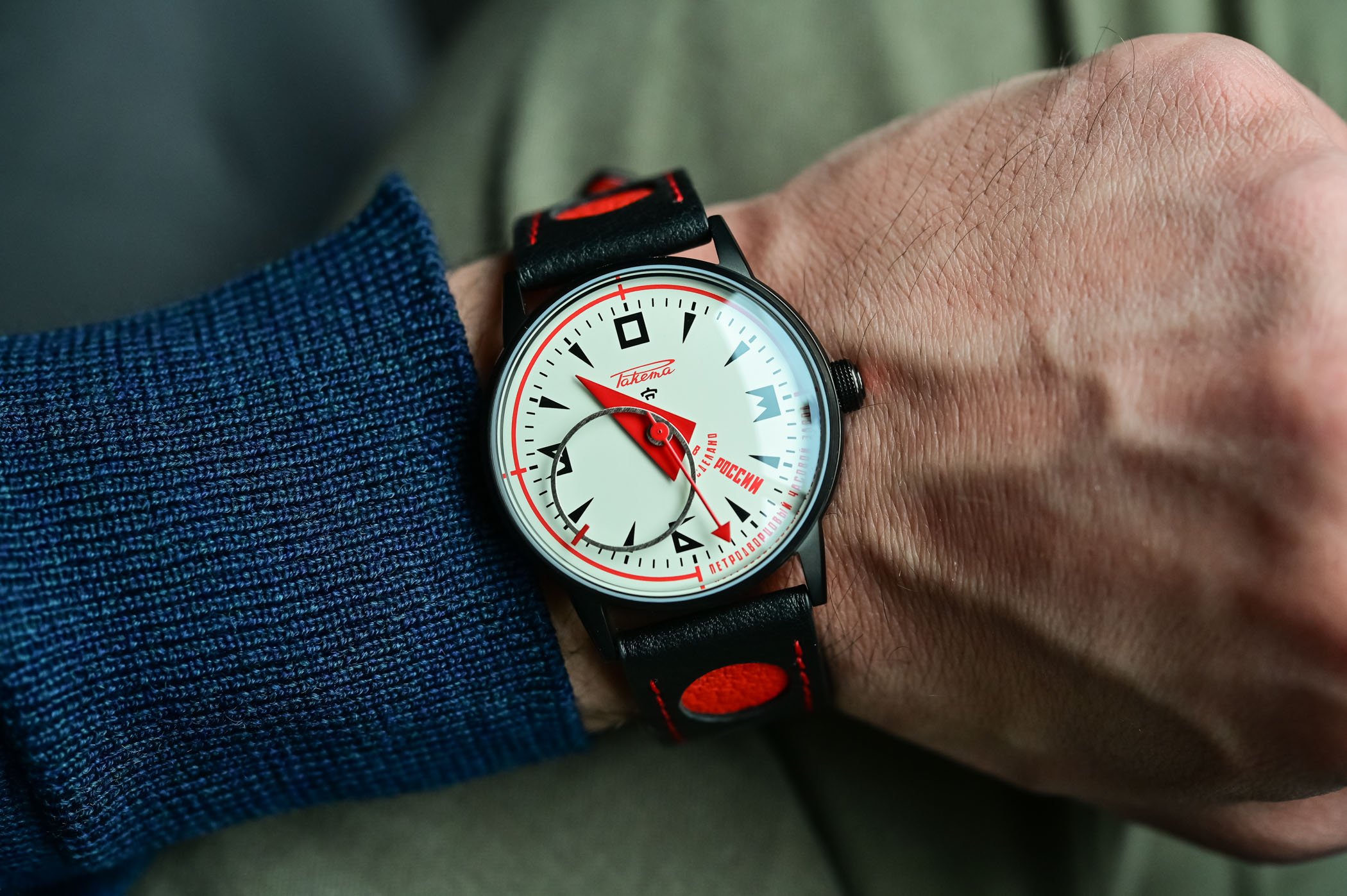
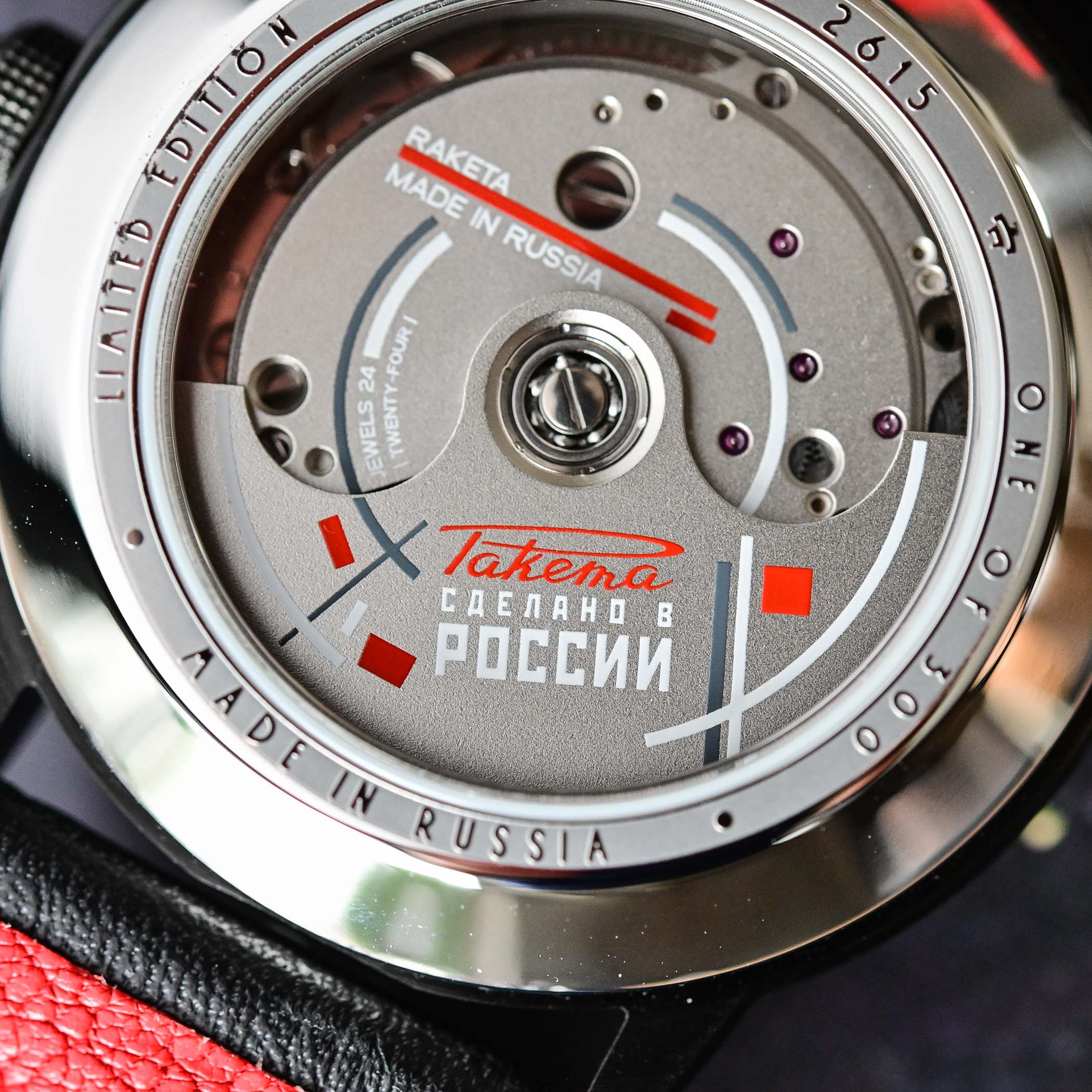
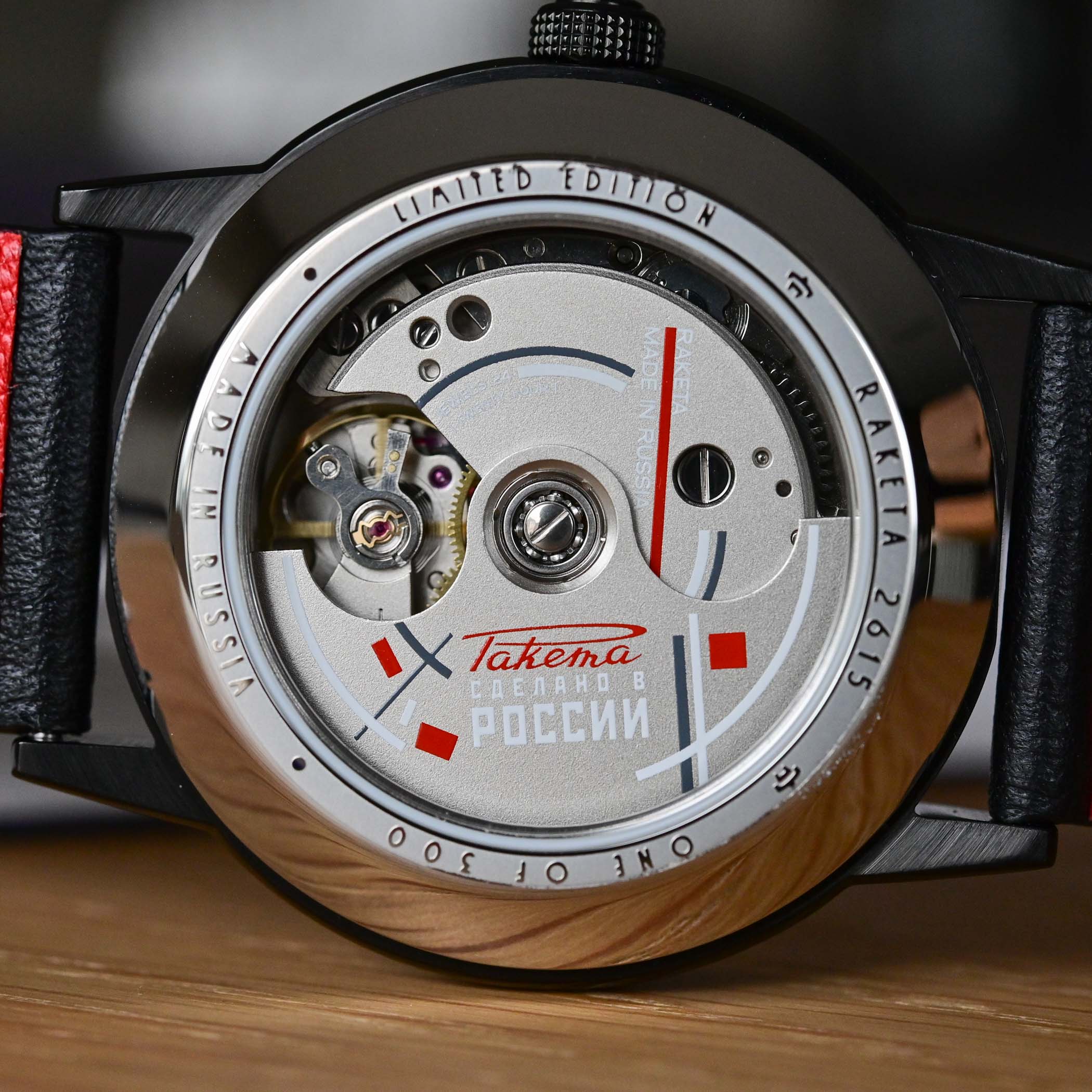
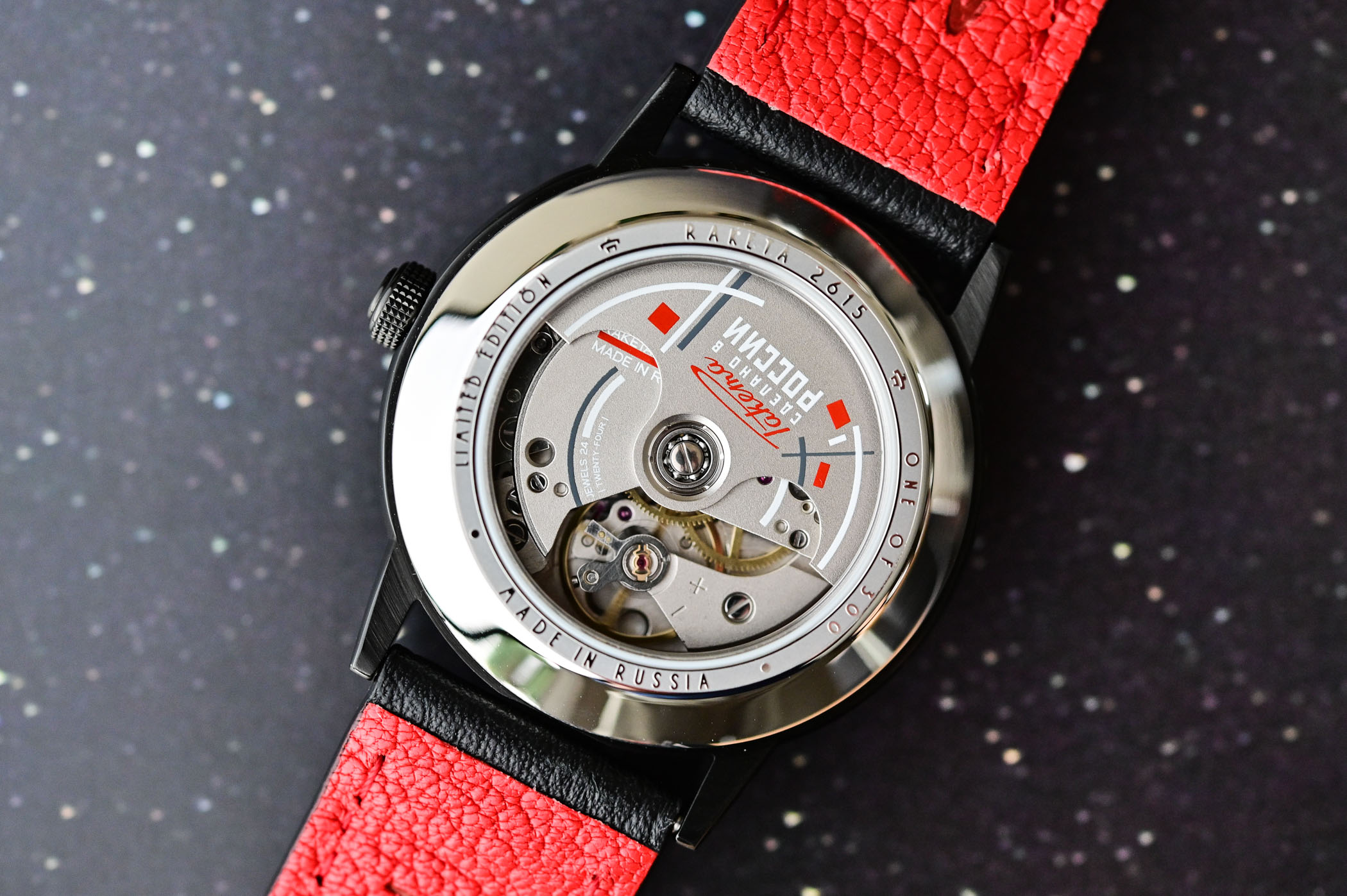



4 responses
Too expensive
Very confused why anyone would consider any product from a country whose mission is to destabilize governments. Granted, this company may not prescribe to Putin’s ideology, none the less, still Russian and financially supporting Raketa is the same as giving the Russian Government license to wreak havoc.
You also have to consider the quality of Russian goods. Most are substandard at best.
I bought a little Rateka vintage model last year £50
With 17 jewels and it’s great
Fun looking watch, with an original design.
Hope to see more of this kind of watches.
@Steve Sisler
The gas in you’re car is from Saudi
The electronics in you’re phone is from china
The power tools you use are made in the USA
Al of these countries have governments that do horrible things. But most people living in these countries just want a peaceful life. So please see buying their products as supporting these people and not their deplorable governments.